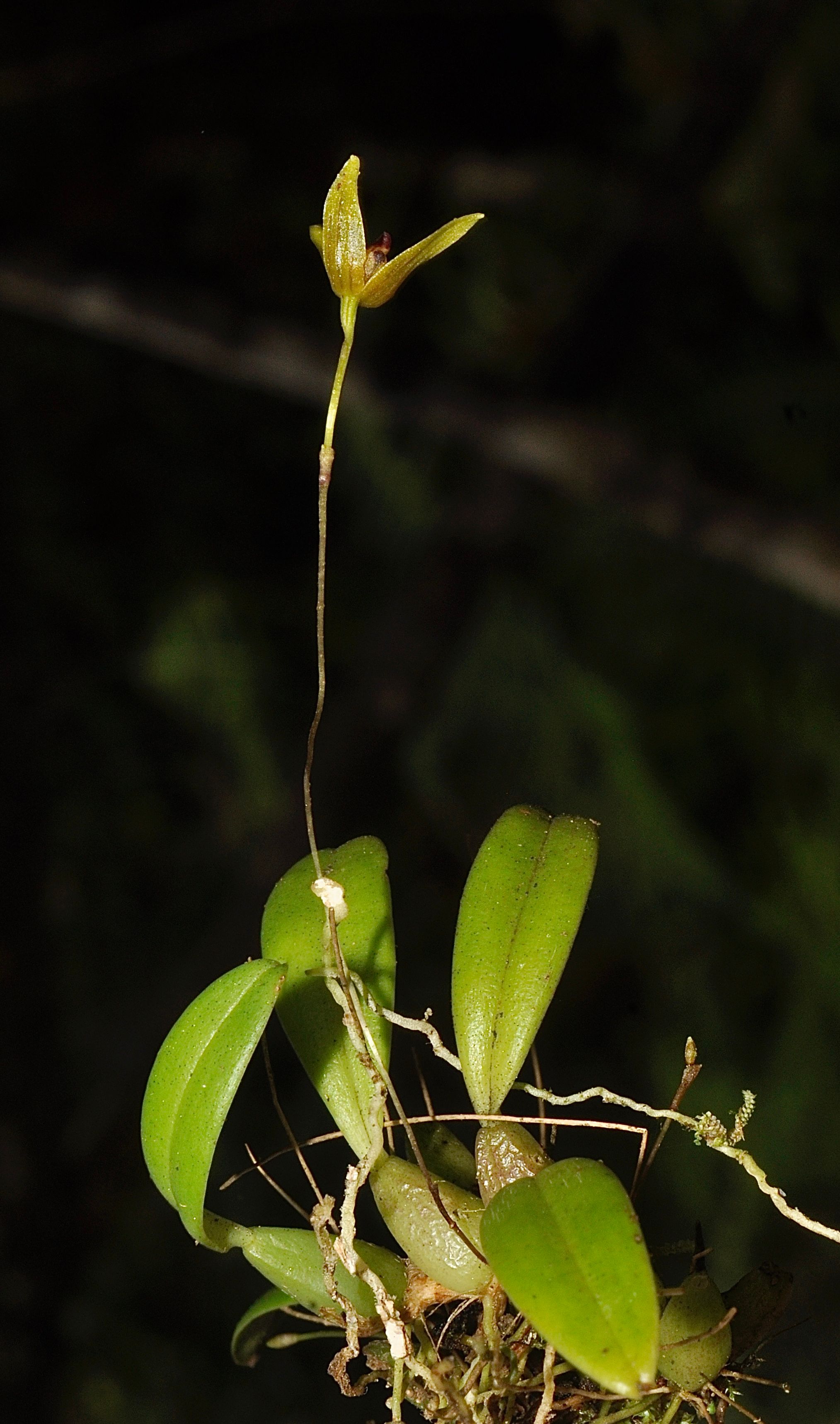New orchid species Bulbophyllum bokodense discovered in Benguet Province
A new species of orchid was recently discovered and documented in the Upper Agno River Basin Resource Reserve (UARBRR) in the province of Benguet, named Bulbophyllum bokodense.
The scientific article was published by a team of researchers from the University of the Philippines Baguio, Texas Christian University, and the Philippine Taxonomic Initiative, Inc. (PTI). The study details its initial documentation, as an unknown Bulbophyllum species from section Polymeres.
However, comparing it with other closely related species revealed the specimen to be unique among those previously identified in the country and the greater Malesian region, having various differences in its features. The newly discovered orchid species was subsequently described and illustrated in the study, being named Bulbophyllum bokodense after the Municipality of Bokod, wherein it was discovered.

Authors of the study include Maverick N. Tamayo, Liezel M. Magtoto, Patrick James F. Penales, Ethel Ruth A. Baquiran, and Rene Alfred Anton Bustamante. The research was conducted through the combined efforts of the researchers, from the University of the Philippines Baguio, Texas Christian University, and the Philippine Taxonomic Initiative.
Discovery and distinction
The Bulbophyllum genus of orchids comprises 2,200 species worldwide, commonly found within both tropical and subtropical habitats, such as areas in Africa, Asia, and South America. In the Philippines, 207 different species of Bulbophyllum had been recorded, signifying the Bulbophyllum orchid as the “most diverse angiosperm plant group in the country”.
An excursion led by the first author to develop a more comprehensive floristic assessment of the UARBRR would then lead to the discovery of the country’s newest Bulbophyllum species.
Though possessing similarities to New Guinea’s endemic Bulbophyllum rinkei, the Bulbophyllum bokodense is distinguished in its attributes; the authors of the study wrote that, compared to the B. rinkei, the species had “a broader leaf, a shorter inflorescence, an acute petal apex, glabrous auricles, a slightly canaliculate labellum, median lobe and apex of labellum devoid of concavity, and a longer stelidia.”
The specimen was further categorized into section Polymeres, uniquely characterized by a single inflorescence arising from its pseudobulb, among other characters. Interestingly, the seemingly 3-lobed labellum of B. bokodense is a unique and rare character in this plant group. To date, no other Philippine species from this section possesses this; however, it closely resembles B. rinkei endemic to New Guinea.

Preliminary observations of B. bokodense showed its distribution and habitat within the mossy forest of the UARBRR. However, as a full assessment of the area has yet to be completed, the authors of the study also speculated that the species “might be present within the vicinity of the protected area and neighboring forests, such as the south to south-eastern slope of Mt. Pulag Protected Landscape.” Bulbophyllum bokodense was also observed to be flowering in July.
According to the designations of the IUCN, the researchers have classified the species as Data Deficient (DD). Conducting further observation and evaluation of the B. bokodense is necessary to determine more information.
The new discovery raised the known number of Bulbophyllum species in the Philippines to 208, as well as marking a continuance of the researchers’ efforts in understanding and observing the socio-ecological systems within the UARBRR’s protected area.
by E.A. Ferrer